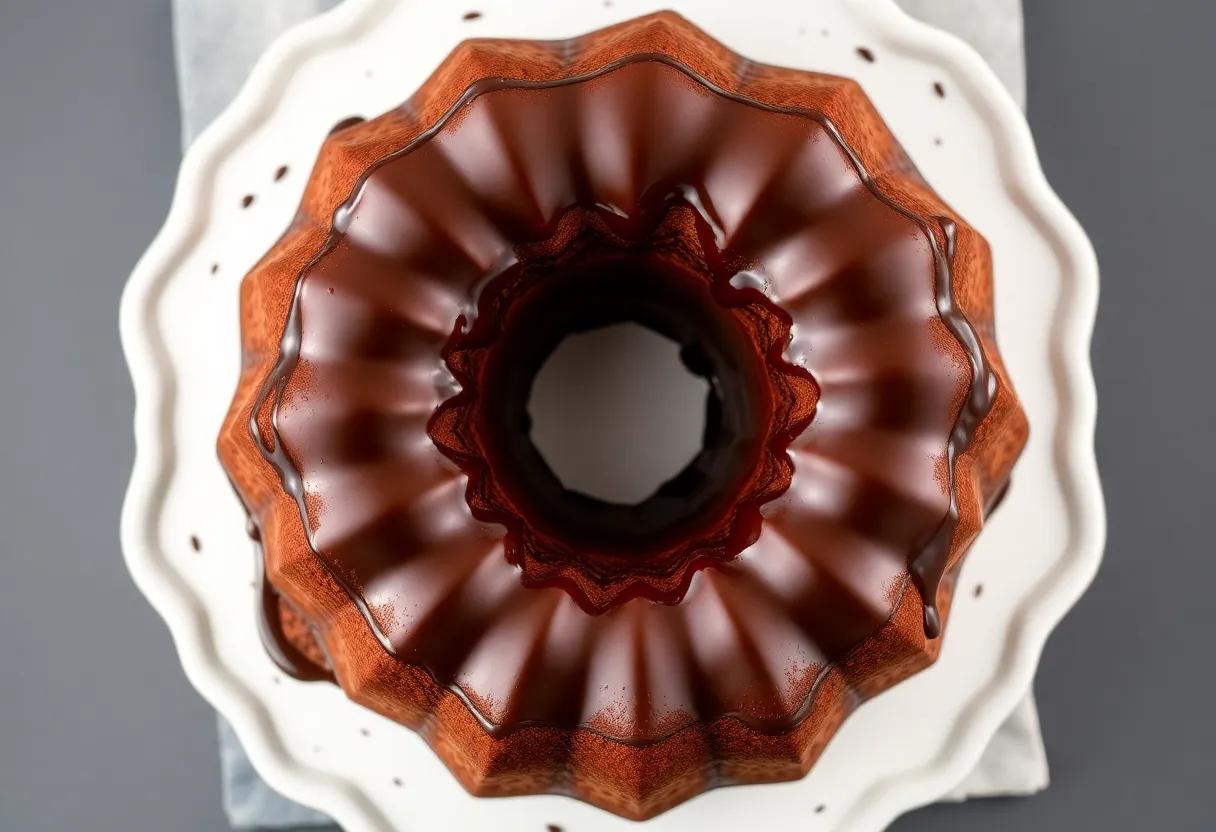Imagine a dessert that’s chewy, crispy, and loaded with melty chocolate chunks—but also somehow feels like it’s not a complete nutritional betrayal. Oatmeal chocolate chip cookie bars are the underrated heroes of the baking world. They’re easier than cookies, more satisfying than cake, and sneakily pass as “healthy” because, hey, oats are in them.
Want to win at life? Bake these. Your coworkers, kids, or random neighbors will suddenly love you 300% more.
No guarantees, but it’s science.
Why This Recipe Works Like a Charm
These bars strike the perfect balance between chewy and crisp, thanks to the oats. The chocolate chips? They’re non-negotiable.
They melt into gooey pockets of joy. Plus, the recipe skips fussy steps—no chilling dough, no fancy techniques. Just mix, bake, and conquer.
And because they’re bars, you get more dessert with less work. Cookies require patience. These require a pan and zero self-control.
Ingredients You’ll Need
- 1 cup unsalted butter, melted (because life’s too short for margarine)
- 1 cup brown sugar (for that deep, caramel-like flavor)
- ½ cup granulated sugar (because balance)
- 2 large eggs (room temperature, unless you enjoy lumpy batter)
- 1 tbsp vanilla extract (the good stuff, not the “imitation” sadness)
- 1 ½ cups all-purpose flour (don’t pack it—we’re not making bricks)
- 1 tsp baking soda (fresh, unless you want flat bars)
- ½ tsp salt (to make the sweet stuff pop)
- 3 cups old-fashioned oats (not instant, unless you enjoy mush)
- 2 cups chocolate chips (or chunks, because go big or go home)
How to Make Oatmeal Chocolate Chip Cookie Bars: A Foolproof Listicle
- Preheat your oven to 350°F (175°C).
Grease a 9×13-inch pan or line it with parchment paper. Laziness wins here.
- Mix wet ingredients. In a large bowl, whisk melted butter, brown sugar, and granulated sugar.
Add eggs and vanilla. Stir until smooth—no overmixing, or you’ll summon the tough-bar gods.
- Add dry ingredients. Dump in flour, baking soda, and salt.
Mix until just combined. Fold in oats and chocolate chips. The dough will be thick.
This is normal. Panic is not.
- Press into the pan. Spread the dough evenly.
Use wet hands to avoid sticking. Pro tip: Sprinkle extra chocolate chips on top for Instagram glory.
- Bake for 25–30 minutes. The edges should be golden, but the center might look slightly underdone.
It’ll set as it cools. Patience, grasshopper.
- Cool before slicing. Wait at least 15 minutes unless you want crumbly chaos.
We’re barbarians, but not that barbaric.
How to Store These Bad Boys
Store cooled bars in an airtight container at room temperature for up to 5 days. For longer storage, freeze them for up to 3 months. Thaw at room temperature or microwave for 10 seconds if you’re desperate.
FYI, they rarely last more than 2 days anyway.
Why You Should Make These Bars Immediately
They’re easy, versatile, and crowd-pleasing. Need a potluck dish? These.
Kids’ snack? These. Midnight regret?
These. The oats add fiber, so you can technically call them “breakfast.” IMO, that’s a win. Plus, they’re cheaper and tastier than store-bought desserts.
Your wallet and taste buds will thank you.
Common Mistakes to Avoid (Unless You Like Disappointment)
- Overbaking. The bars firm up as they cool. Pull them out when the edges are golden but the center’s still soft.
- Packing the flour.
Spoon it into the measuring cup, or you’ll end up with dry, sad bars.
- Using instant oats. They turn to glue. Old-fashioned oats give the perfect texture.
- Skimping on chocolate.
This isn’t the time for restraint. Live a little.
Swaps and Substitutions for the Rebellious Baker
No brown sugar? Use all granulated sugar, but expect less chew.
Vegan? Swap butter for coconut oil and eggs for flax eggs. Gluten-free?
Use a 1:1 GF flour blend. Hate chocolate? (Weird.) Use raisins or dried cranberries. You do you.
FAQ: Because People Have Questions
Can I use quick oats instead of old-fashioned?
Technically, yes.
But the texture will be denser. Old-fashioned oats give the perfect chew. Don’t blame us if quick oats betray you.
Why are my bars too crumbly?
You overbaked them or didn’t let them cool before slicing.
Or you measured flour wrong. Or the universe hates you. Try again.
Can I add nuts?
Absolutely.
Walnuts or pecans add crunch. Just chop them finely so they don’t dominate every bite.
How do I make these bars extra gooey?
Underbake slightly (by 2–3 minutes) and use more brown sugar than white. Also, add an extra ½ cup of chocolate chips.
You’re welcome.
Final Thoughts
Oatmeal chocolate chip cookie bars are the ultimate dessert hack. They’re simple, delicious, and disappear faster than your motivation to go to the gym. Bake them.
Share them (or don’t). Just make them. Your future self will high-five you.






